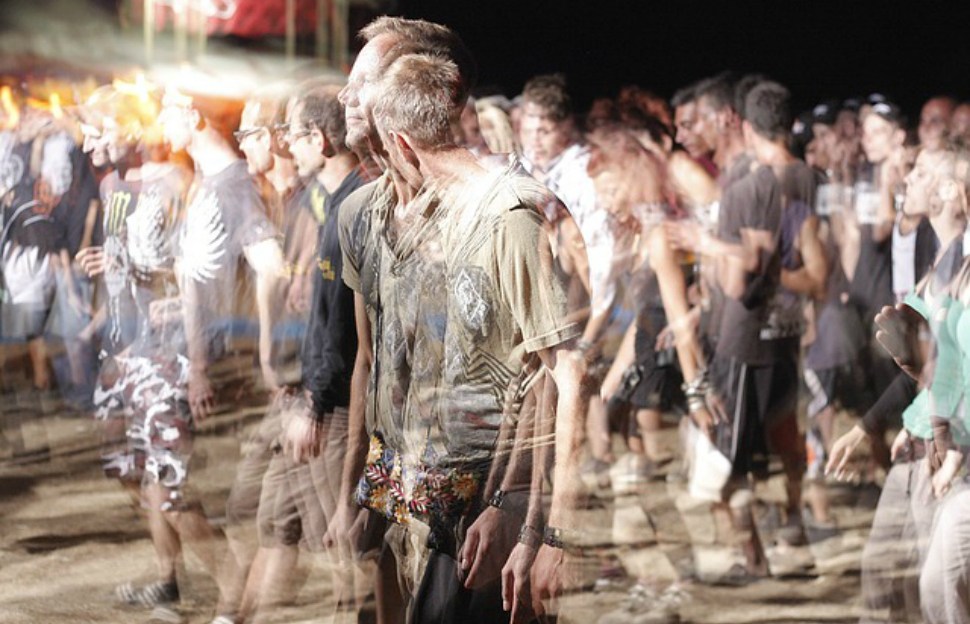John Tolley, September 26, 2016
The Challenge
US intelligence services become aware of troops and armored cavalry amassing at the border of Qumar and Equatorial Kundu. Photographs obtained from foreign satellites and via the internet paint a picture of two bitter enemies on the verge of a major conflict. But a question remains: Are the pictures real?
This fictional scenario is not far removed from what intelligence services, at home and abroad, go through nearly every single day. Sifting through millions of images, these groups must ascertain the veracity of photos as the implications can be life or death. Were they tampered with? If so, in what way and by whom? In our digital age, the sheer volume of photographs that pop up daily online make the task herculean to say the least.
The Idea
To that end, the US Defense Advanced Research Projects Agency (DARPA) has assembled an international team of experts in the field of media forensics to help the military detect doctored images in the modern era.
Purdue University is playing a leading role in the four-year, $4.4 million project. Professor Edward Delp, the university?s Charles William Harrison Distinguished Professor of Electrical and Computer Engineering, is the principal investigator for the project?s technology development team.
?We are developing new approaches to media forensics in this program that leverage new work in the areas of scene modeling, statistical modeling, and machine learning,? says Delp.
In layman?s terms, Delp explains, the techniques they are developing exploit how images and videos are made by sensors located in cameras. And, by understanding how the image is constructed, computers can more easily detect whether or not they?ve been tampered with.
Next Steps
For the project to be a success, one of the outcomes will have to be how to handle the deluge of images uploaded daily to the internet that may be of interest to intelligence services. It?s something that Delp, director of Purdue?s Video and Image Processing Laboratory, noted in a recent interview with the Purdue University News Service.
?Many tools currently available cannot be used for the tens of millions of images that are out there on the Net,? Delp said. ?They take too long to run and just don?t scale up to this huge volume. I think the biggest challenge is going to be the scalability, to go from a sort of theoretical academic tool to something that can actually be used.?
Without certainty about what we see in images, it?s impossible to know what we don?t know. For governments, scientists or even the average person, what we can see with our own eyes is the difference between intelligence and forgery - something that matters or something to be ignored.
For Delp and Purdue, discovering the difference starts now.







